Recent Articles
Popular Makes
Body Types
Ten Undervalued Cars
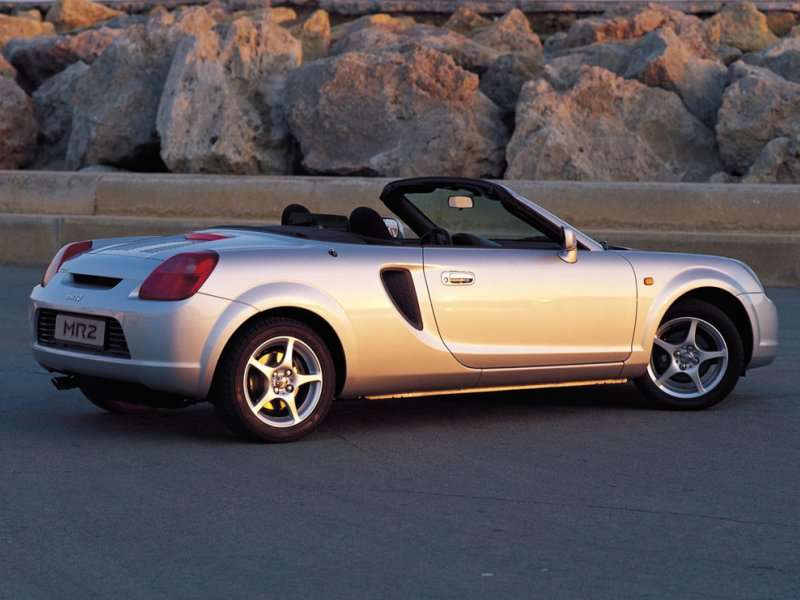
The automotive marketplace is a highly competitive environment. Further, it is always shifting and changing. New technologies come—old technologies go. To have any hope of success, an automotive product planning team must be capable of looking five, seven, even ten years into the future to predict what emerging trend(s) will help ensure success. When the team nails it, a legend is born—a car whose praises are sung by both critic and consumer alike.
When they miss, their product winds up on a list of the ten most undervalued cars.
Sometimes, even when the planning team hits it dead on, obscurity still swallows their product whole. History is rife with brilliantly executed automobiles, which, for one reason or another, simply got overlooked. Whether it was timing in terms of when it hit the market, the lack of a strong marketing effort, or the limitations of their dealer network, good cars sometimes fall by the wayside.
The past ten years have been particularly brutal on the new car market. In addition to all of the reasons listed above, tough economic times really have a tendency to separate the players from the layers. Sadly, a number of potentially really good players never got a chance to show what they could actually do.
The good news is this makes these cars excellent values on the used car market. Because people paid very little attention to them when they were new, they have taken a rather heavy depreciation hit, and are considerably undervalued.
What follows are our picks of ten such cars from the last ten years (2004 – 2014).
Ten Undervalued Cars: Audi A8
As brilliant as it is, truth be told, Audi’s A8 has struggled ever since it was introduced. Consider this; in 2013 Audi sold 6,300 copies of its technologically advanced flagship in the United States. During that same period Mercedes-Benz sold some 13,000 S Class models, BMW managed to move almost 11,000 7 Series cars, and Lexus placed just over 10,000 copies of its flagship LS.
So, what’s the A8’s problem? While Audi gets a great deal of traction at the entry and mid-luxury level, true success at the top end of the luxury scale continues the evade the marque. Some say it’s marketing, others say people just don’t see enough A8 models on the road to get intrigued by them. (Now how’s that for chicken or egg?)
Whatever the reason, one of the most brilliant motorcars on the road is continually overlooked. Of course, this means if you’re shopping the secondary market, you’ll find some excellent deals on the all-wheel drive executive express. Stylish, luxurious, fast, and agile, the A8 deserves better than to be on the “also ran” list year, after year, after year.
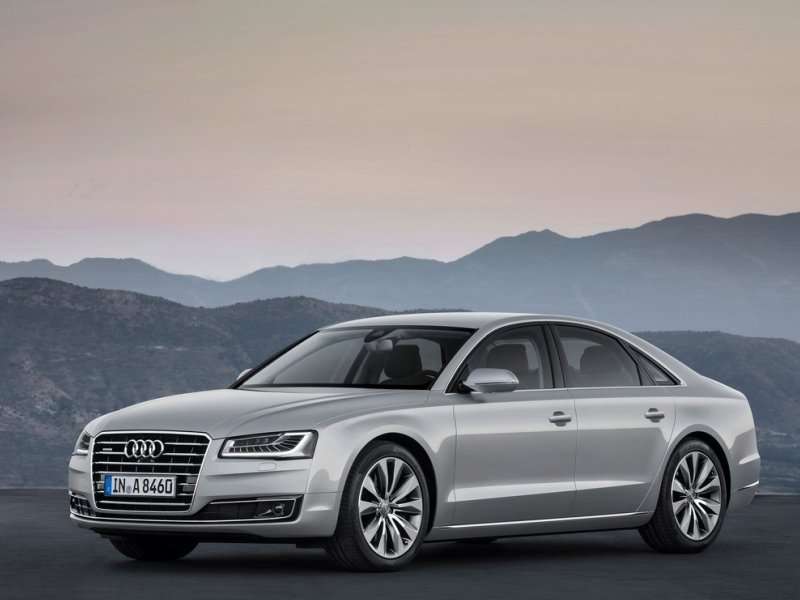
Ten Undervalued Cars: Ford Taurus SHO
There was a time when the letters S-H-O were very highly revered. Of course, there was also a time when Ford’s Taurus was the cutting edge mid-size sedan. Times change and tastes change. The Ford sedan getting all the love these days is the Fusion, which is arguably what the Taurus used to be for the Ford lineup when there was a Crown Victoria topping the marque.
With a twin turbocharged V6 producing 365 horsepower and 350 ft-lbs of torque, all-wheel drive, a host of available cutting edge tech including keyless entry and start, smart cruise control, collision warning, and blind spot monitoring, along with a starting price of $39,980, you’d think Ford’s Taurus would be on every sports sedan intender’s must consider list. After all, the Taurus also offers the spaciousness, power and handling of a 5 Series BMW, which can cost thousands more.
Of course, these days, that could well be part of the problem. If the Taurus SHO was badged a BMW, and offering everything it does—at this price point…
That would be an entirely different situation, wouldn’t it?
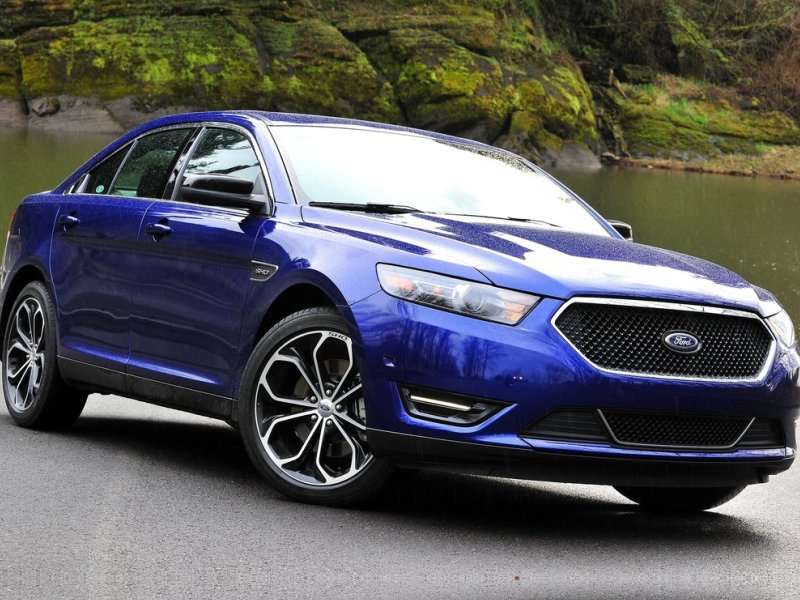
Ten Undervalued Cars: Infiniti Q70
Ever since the marque was launched, Infiniti has had trouble at the top end of the product range—despite nearly always having an absolutely brilliant car in place. The original big Infiniti, the Q45, was a driver’s dream come true. Hamstrung by a ridiculously abstract marketing campaign, by the time people started to get a feel for what the car was really about, the Q45 was out of time.
In the case of Infiniti’s latest big “Q” model, we predict the whole nomenclature change Infiniti just undertook is going to hurt this model considerably. Formerly known as the M56 (V8 powered) and M37 (V6 powered) Infiniti’s range topping model never really enjoyed strong sales to begin with. Now, people aren’t even going to know which car is which.
Another problem plaguing Infiniti’s flagship is its styling. A fussy amalgamation of admittedly flowing curves; rather than coming across as sexy in a Reubenesque manner, the Infiniti Q70 looks, well—pudgy. In other words, the styling of the Q70 really doesn’t telegraph the fantastic driving experience the Infiniti offers.
Nor would one have cause to expect the interior of the Q70 to be as well executed as it is. And yes, we do drive our cars from the inside, not the outside; and yes, the way a car goes should have considerable influence upon its desirability; however, most people simply can’t get past the way the Infiniti Q70 looks.
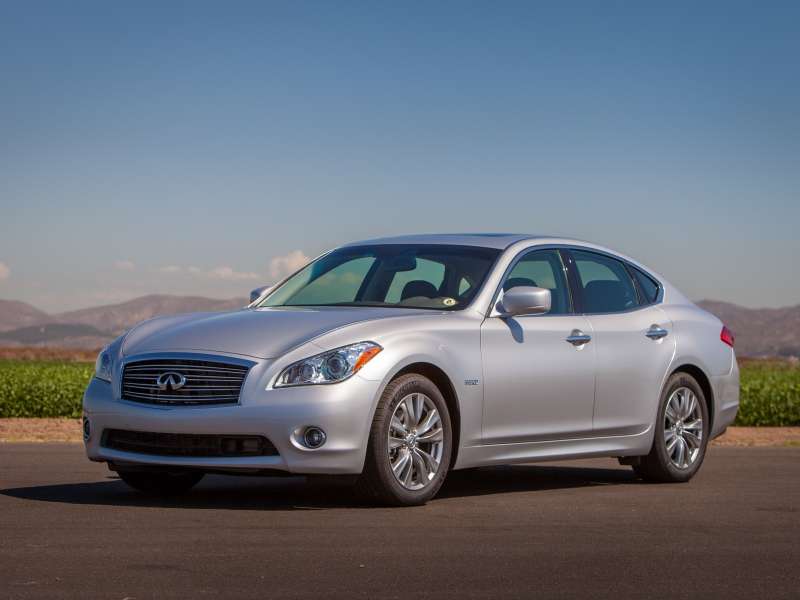
Ten Undervalued Cars: Jaguar XJ
A generally accepted axiom among automotive industry insiders is perception has a tendency to lag reality by approximately 10 years or so. In the case of the Jaguar XJ, this is particularly tragic. Even though the current iteration of Jaguar’s flagship is an extraordinary automobile, everyone—even people who have very little interest in cars—recites unreliability as a huge concern when the idea of purchasing a Jaguar is put forth.
This goes back to the days when Jaguar developed their cars for the cooler climate of the British Isles. This gave them a tendency to overheat when they were brought to the United States. The unreliability issues were exacerbated during the years of ownership by the British Leyland conglomerate. Eternally bereft of developmental dollars, the BL Jags were an outstanding example of form over substance.
They were pretty to look at, but the ownership experience was anything but.
During the years of Jaguar’s ownership by Ford, more than a few mistakes were made in terms of marketing Jaguar cars, but one thing Ford did do was virtually eradicate Jaguar’s reliability issues. Today’s Jaguar models are just as reliable as any other car in their competitive set. Applied to the XJ, the result is a large, luxurious, and brilliantly driving—yet wholly underrated automobile.
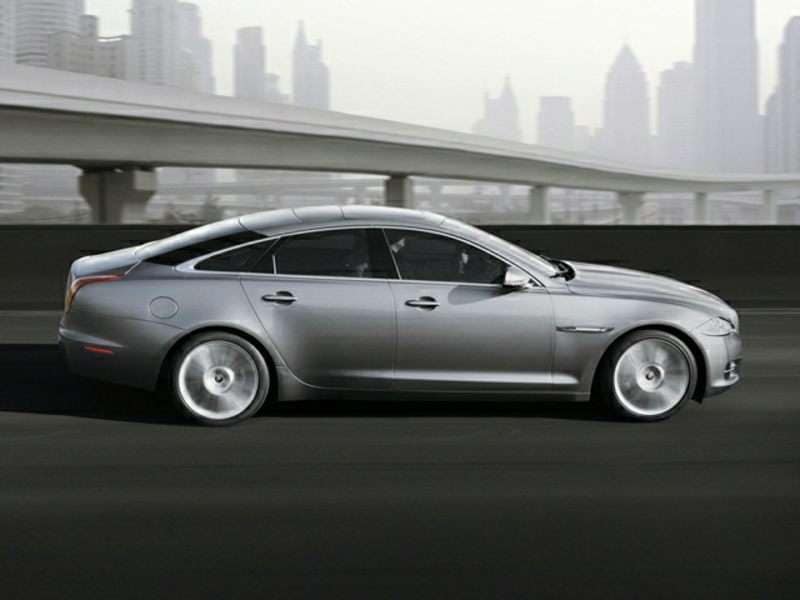
Ten Undervalued Cars: Mazda RX-8
Consider the prospects of offering a moderately priced 2+2 sports car with an exotic powerplant, excellent handling and distinctive styling. Wondering how anyone could manage to overlook it? Well, when it came to the Mazda RX-8, a number of people managed to do so. Truth be told, Mazda’s product team hamstrung the car when they offered it as a 2+2 only. Were it also offered as a two-seat sports car like Nissan’s 350/370Z, it may well have had a better chance because the styling would have been considerably less camel-like.
Stretching the passenger compartment to accommodate the two outward facing rear half-doors really threw the proportions of the car off. Further, they were a bit on the impractical side. Picture it; you’re in a parking lot situated between two cars and you have three friends along. Because the rear doors open only when the front doors are open, in order to get everyone into the RX-8, the four of you have to bunch up together to be in position to enter the car when all four doors are open.
But that’s not so much what doomed the car. While the RX-8 is a lot of fun to drive, it uses gas like a car with a much larger engine, and further most people simply didn’t get the concept of the rotary engine. They perceived it to use too much oil, and to be too complex (which is ironic because the rotary engine is far simpler than a piston engine). Long story short, the Mazda RX-8 was an interesting car whose audience never found the model.
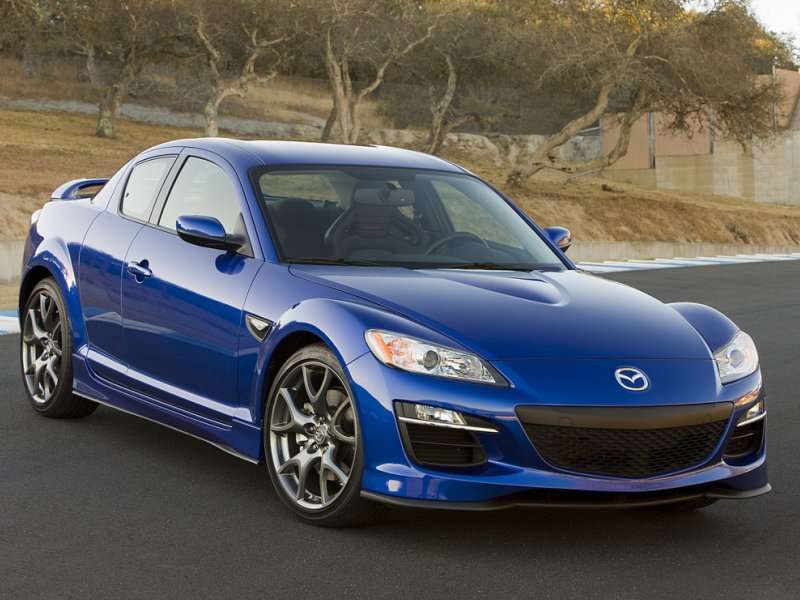
Ten Undervalued Cars: Pontiac G8
Happily, this car was recently resurrected as the Chevrolet SS. However, when it was initially offered as the Pontiac G8, the model was a textbook case of the right car at exactly the wrong time. By the time Bob Lutz got GM’s Australian Holden super sedan to the U.S. as a Pontiac, the nails were already being nailed into the company’s coffin.
Coming to market way too late to have any real consequence on the fate of the marque, the Pontiac G8 served only to indicate what the possibilities for the Pontiac brand might have been. Offered with crisp styling in a nicely sized package, with engines ranging from 256 horsepower to 415 horsepower; along with rear-wheel drive, and a manual transmission option, the Pontiac G8 was a driving enthusiast’s dream come true.
Imagine if Pontiac had been offering an entire range of cars in the same vein as the G8 back when it also still had a serious marketing budget and an excellent reputation for performance. Now imagine a Pontiac showroom also containing cars like a well-developed Solstice roadster, and a more retro styled GTO like Chevrolet, Ford, and Dodge offered with Camaro, Mustang and Challenger.
Yeah, we know; coulda, woulda, shoulda—right?
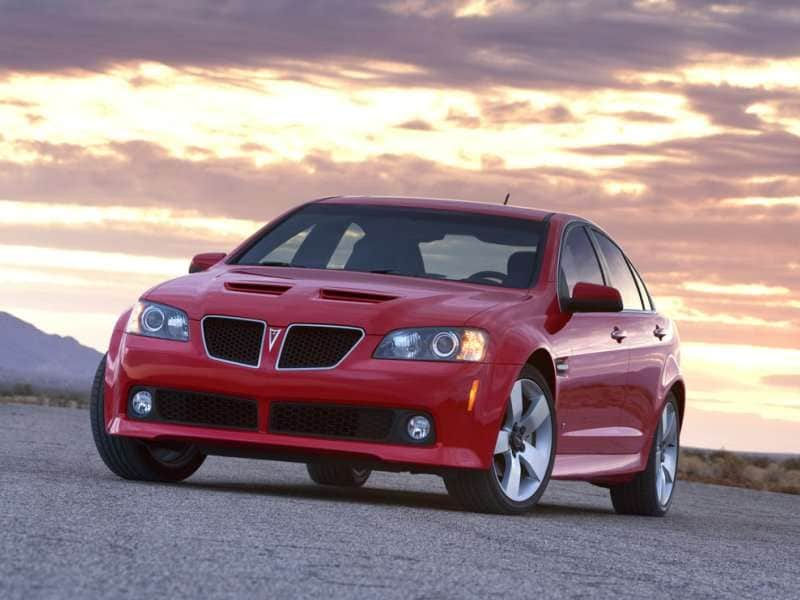
Ten Undervalued Cars: Pontiac GTO
The original muscle car, Pontiac’s GTO enjoys a rich and illustrious history—for the most part. While the years after the 1970’s were not exactly kind in terms of Pontiac’s usage of those hallowed three letters, the company’s final application of the G, T, and O to a version of GM’s Australian Holden Monaro sports coupe was, by most accounts, completely appropriate in terms of the car’s performance potential.
Unfortunately though, while the model is held with considerable esteem by many today, when the “Holden GTO” arrived, some felt it just didn’t look enough like the old GTOs they coveted so completely. Many have argued if Pontiac had enough budget to give the 2004 GTO more of a retro styling treatment like Dodge did when it brought back the Challenger, or Chevrolet did with the current Camaro, the GTO would have seen considerably more success.
Of course, anybody paying attention was astute enough to realize Pontiac was lucky to get a new GTO at all. By 2004, Pontiac was basically a patient on life support, whose family was out in the hallway of the hospital arguing about whether or not to unplug the respirator. Still, as a last gasp of sorts, the Australian GTO was one heck of a car. The model offered 400 horsepower, rear-drive, a manual transmission option, a nice interior treatment, and dynamic, if not exactly old school styling.
It’s a shame that last GTO came along as late in Pontiac’s life as it did.
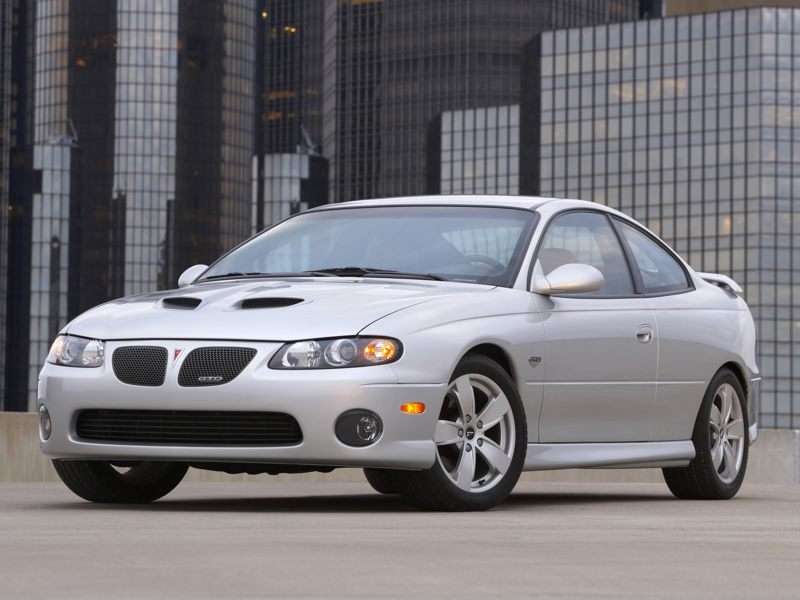
Photo by Pontiac
Ten Undervalued Cars: Suzuki Kizashi
In the world of motorcycles, Suzuki is one of the most hallowed names on two wheels.
But in the world of automobiles—not so much. The Kizashi was intended to change things for the company, which by the time the Kizashi came along, had basically been reduced to a purveyor of slow-selling SUVs and light pickup trucks.
The Kizashi was (still is, in most of the rest of the world actually) a really good car for the money. Starting at around $20,000, the Suzuki Kizashi offered pleasant styling (many people mistook it for a Volkswagen), an all-wheel drive option, good handling and power, a generously-sized interior (for its class), a capacious trunk, and reasonable fuel economy.
Sadly, as far the U.S. market is concerned, while the Kizashi was the right car, it came too late for Suzuki in the United States. The company was forced to file for bankruptcy protection and stop selling cars in this country, just when it finally had a good car to sell.
Hey, at least they still have the near 200 mph Hayabusa super bike.
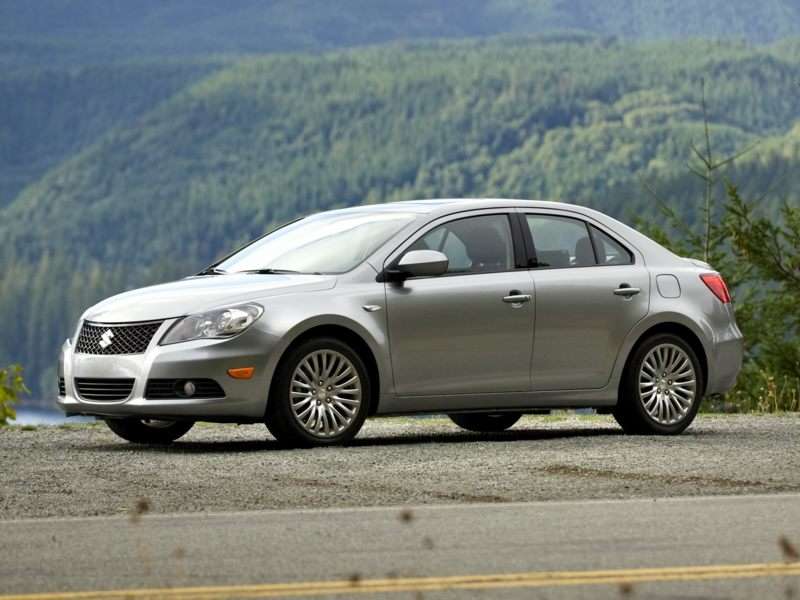
Ten Undervalued Cars: Toyota MR2 Spyder
The third and the (so far) last iteration of Toyota’s mid-engine two-seat sports car, the MR2 Spyder offered a convertible roof, a sequential manual gearbox, outstanding balance, and superb road manners. It was quick, cute, and an absolute ball to drive. So what happened? The product planning team kinda dropped the ball on this one. Given the model’s price point, and its Toyota branding, people also expected the MR2 Spyder to offer a measure of practicality.
Instead, the car’s engineers focused on the driving experience of the little roadster to the detriment of its practicality. There is no trunk space in the MR2 Spyder to speak of, hardly anyplace to carry anything inside the car with you, and so the mid-engine/rear-drive sports car never really picked up an audience outside of driving enthusiasts. Many of the people who would’ve bought one because it was cute, quickly discovered they couldn’t go shopping in the Toyota with a friend. And that was—as they say, that.
The MR2 Spyder was part of a Toyota initiative to attract younger buyers to the brand, before it hit up on the Scion strategy. In fact, in many ways the Scion FR-S owes its existence to the Toyota MR2 Spyder. If only the product team had insisted upon a trunk for the diminutive roadster.
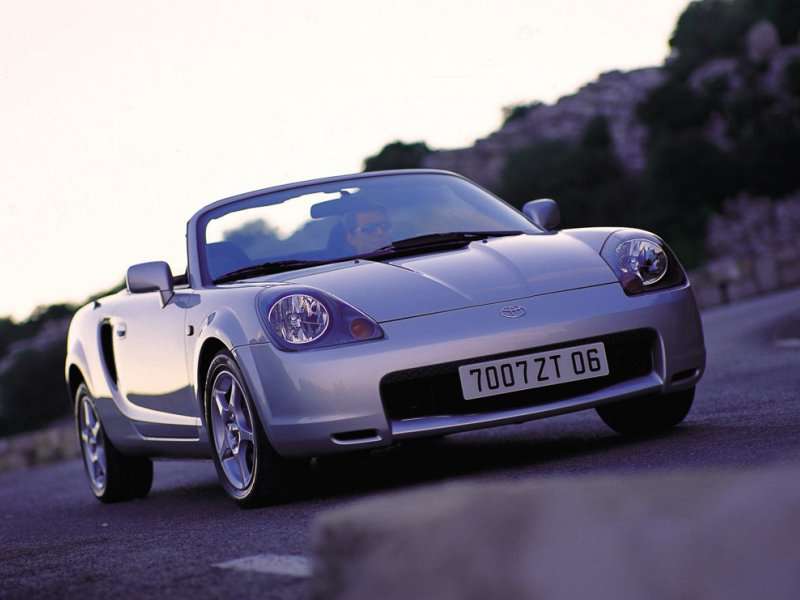
Ten Undervalued Cars: Volkswagen Phaeton
What if we told you could get a 444-horsepower version of the Bentley Continental Flying Spur in excellent condition for something like $14,000? What’s more, what if we told you the model is practically hand-assembled in a purpose-built, cutting edge, state of the art factory with glass walls and richly varnished wooden floors, where autonomous carts transport the parts to build the model to specifically trained craftspeople—the best the company employs?
Furthermore, what if we told you when the car was new, it cost well over $100,000?
Is that something you’d be interested in taking a look at?
Well, here it is.
Volkswagen’s Ill-fated Phaeton full-size luxury sedan—when equipped with the 48-valve 12-cylinder engine—uses much the same powertrain as the Bentley. Further, much of the switchgear inside the Volkswagen is the same as the Bentley. The car also features an air suspension system, near silent operation, all-wheel drive, genuine walnut trim, a 270-watt audio system, a four-zone climate control system with humidity sensors, and enough room in the back seat to easily do limo duty—anywhere in the world.
Further, it will accelerate to 60 in 5.5 seconds and run the quarter in 14. While the Phaeton’s top speed is electronically limited to 130 mph, were it allowed to run free, 200 is easily within its grasp. Which is more than could be said for the imaginations of the people at whom the car was aimed. Very few of them could grasp the idea of paying anywhere near $100,000 for a Volkswagen; so today, you can get a 2006 Phaeton for around $14,000.
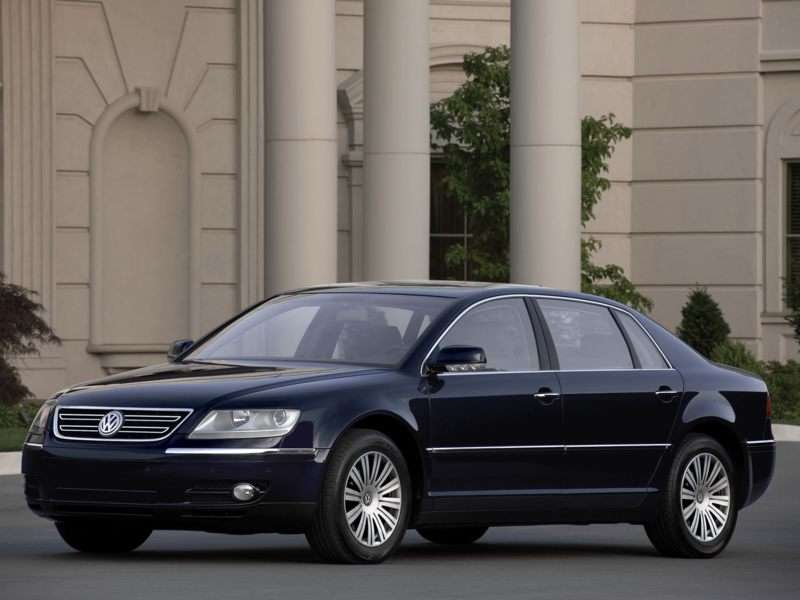
Photo by Volkswagen